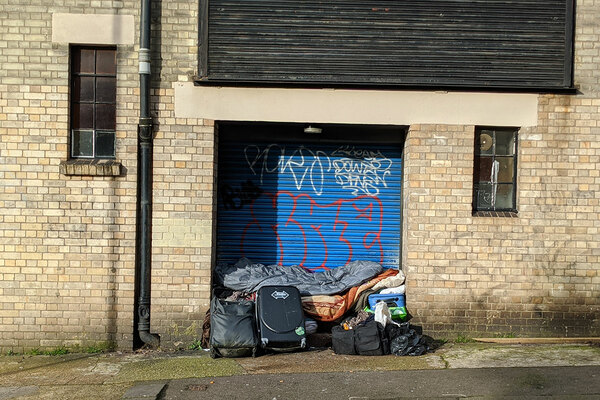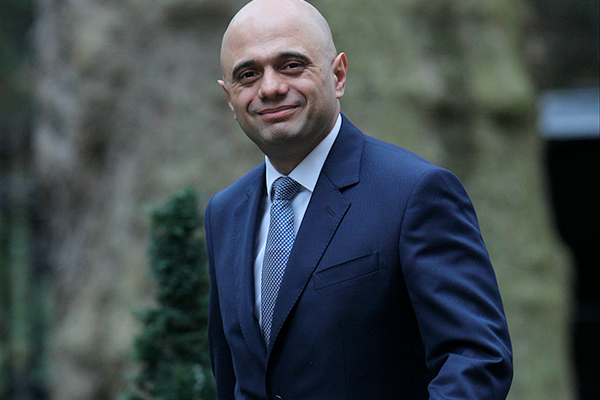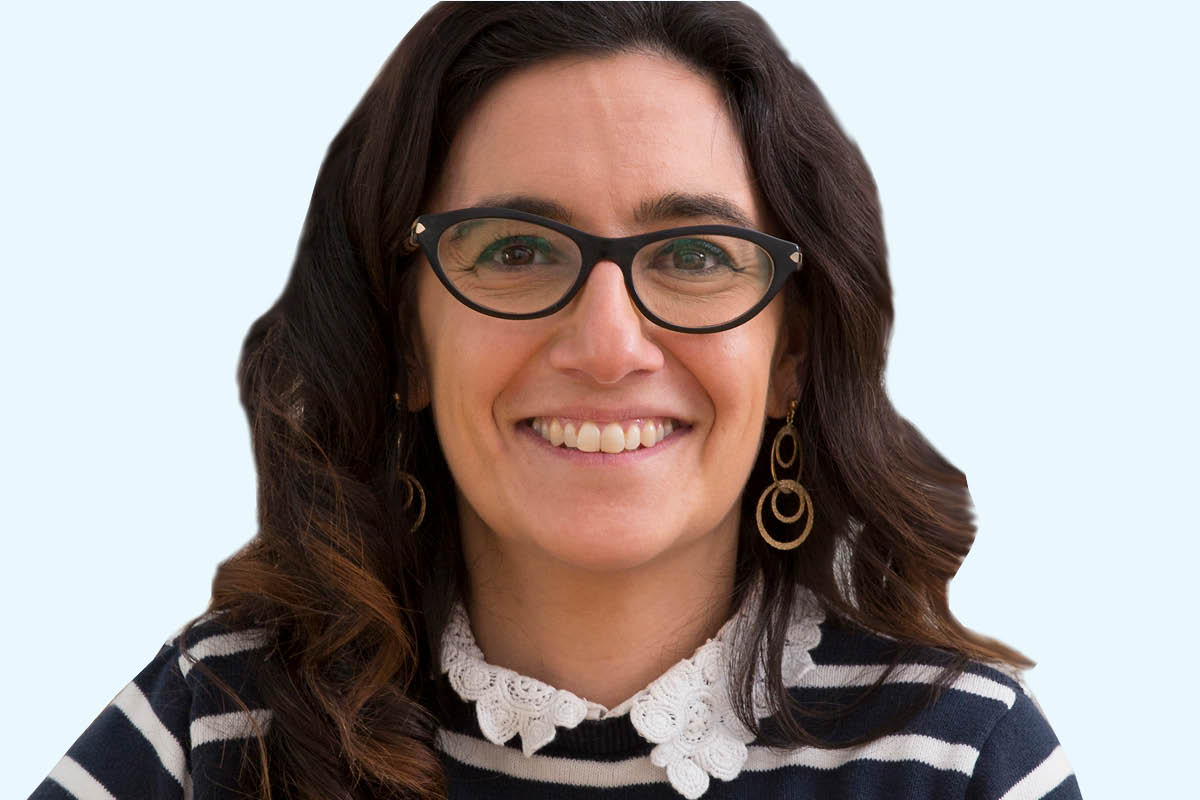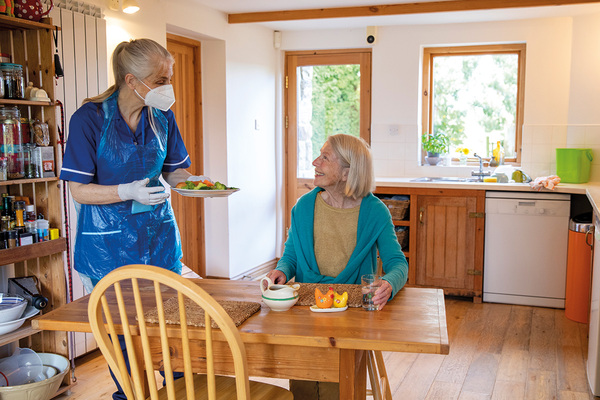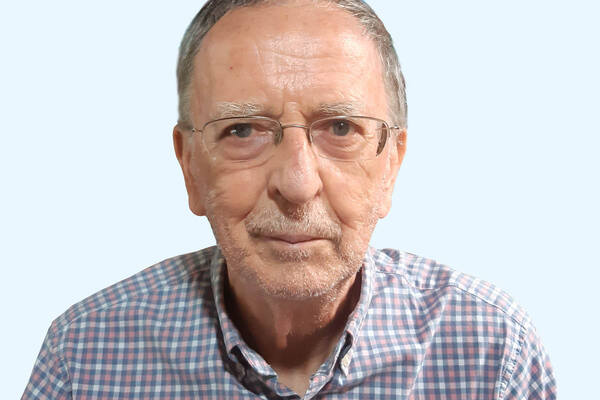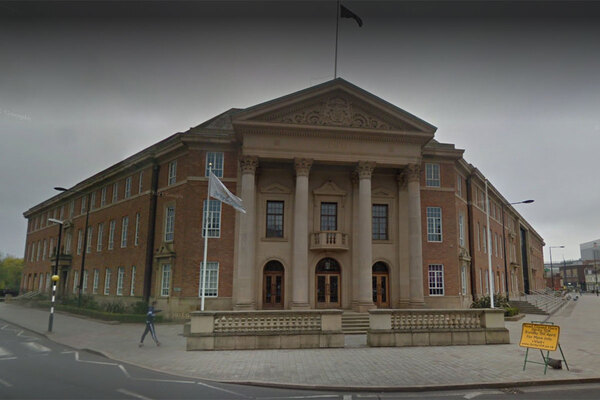You are viewing 1 of your 1 free articles
 Rick Henderson
Rick HendersonRick Henderson is CEO of Homeless Link the national membership body for the homelessness sector in England with over 800 members. Prior ...more
What do the latest rough sleeping figures mean?
Homeless Link was involved in managing data on rough sleeping in England released today. Chief executive Rick Henderson explains what we can learn from this estimate of how many people were sleeping rough during one night last autumn
The government’s annual rough sleeping snapshot is always met with keen interest and scrutiny, but the data for 2020, exceptional year that it was in many ways, will necessarily be a source of even more insight than usual.
It is imperative at this point that government, the homelessness sector and health and other partners review the evidence, take stock of what we have achieved and acknowledge how much further we have to go. After a year of extraordinary action, we must make sure the next steps we take are the right ones if we are to fulfil the government’s ambition to end rough sleeping by 2024.
According to the statistics, a total of 2,688 people were estimated to be sleeping rough in England on a ‘single night’ in autumn 2020, representing a 37% decrease from the 2019 figure of 4,266. As the organisation responsible for managing and verifying the data collection process, it has been useful to learn from different local authorities how they perceive the situation on the ground. However, we cannot call this a ‘typical night’ this year, and this is where things get interesting.
“As we’ve long known, much of the expertise and will is there already, but the resources are often lacking”
Undoubtedly, this sizeable fall in the number of people sleeping rough – the largest percentage decrease since 2010 – is an important achievement, and something to be celebrated and capitalised on. It is in no small part due to the exceptional action taken to protect and support people sleeping rough during the COVID-19 pandemic, with Everyone In, the Next Steps Accommodation Programme and the Protect Programme proving very effective to engage and bring people in. No doubt ongoing schemes including the Rough Sleeping Initiative have also played their part.
While it is unfortunate that it took exceptional circumstances – a global pandemic – to prompt the focused action and investment required, it proves what can be accomplished with joint effort across government and between sectors. As we’ve long known, much of the expertise and will is there already, but the resources are often lacking.
“The people sleeping rough are largely not the same as those who were doing so last year”
However, we cannot ignore the fact that thousands of people are still forced to sleep on our streets. This, and the fact that the number is 52% higher than it was a decade ago, remains unacceptable. It is also worth caveating here that the severe weather emergency protocol was actually in place in some local areas at the time of data collection, artificially lowering the numbers.
The information from our members across the country points to the fact that the people sleeping rough are largely not the same as those who were doing so last year. Areas such as Manchester, for example, have put a lot of investment into ending rough sleeping, but their snapshot figure remains relatively high. Further, many formerly entrenched rough sleepers have been supported through the pandemic response, and the latest snapshot is principally recording the flow of new people onto the streets.
Clearly, several groups of vulnerable people, specifically those with no recourse to public funds, and those newly arriving on the streets having lost jobs and homes during the pandemic, continue to be overlooked in the current homelessness response, to their huge detriment.
“We must shift our response upstream, ensuring that we are addressing the root causes of homelessness, rather than relying on offering support only once people are at crisis point”
The National Audit Office investigation into the housing of rough sleepers during COVID-19, published in January, pointed out some important issues that are also relevant here. Firstly, Everyone In has for the first time provided data on the potential scale of those experiencing or at risk of rough sleeping. Secondly, this policy resulted in a large number of people with no recourse to public funds unable to move on from emergency accommodation.
Alongside the rough sleeping snapshot analysis, this intelligence needs to be channeled into an updated strategy to end rough sleeping, that takes a long-term approach to funding and ensures strong partnership working with local authorities and services within and surrounding the homelessness sector.
Prevention will be key going forward, as we cannot continue to allow people to be pushed into homelessness. We must shift our response upstream, ensuring that we are addressing the root causes of homelessness, rather than relying on offering support only once people are at crisis point. However, specific policies including the end of the eviction ban in March and the risk that the Universal Credit uplift will be removed already threaten this element of a prevention strategy. The government must recognise the role that poverty, inequality, an inadequate welfare safety net and a lack of truly affordable housing are all playing in homelessness and act urgently to tackle these areas.
Having achieved so much in the past year, we must not lose momentum. We need to bring and keep everyone in for good, developing a longer-term funding strategy to ensure sustainable results and addressing the root causes of homelessness in all its forms.
Rick Henderson, chief executive, Homeless Link
Sign up for our care and support bulletin
Already have an account? Click here to manage your newsletters
